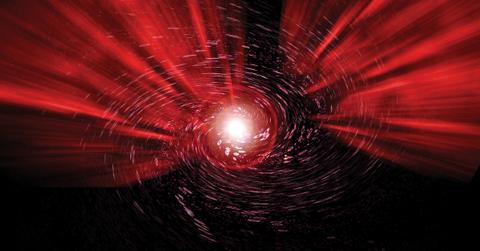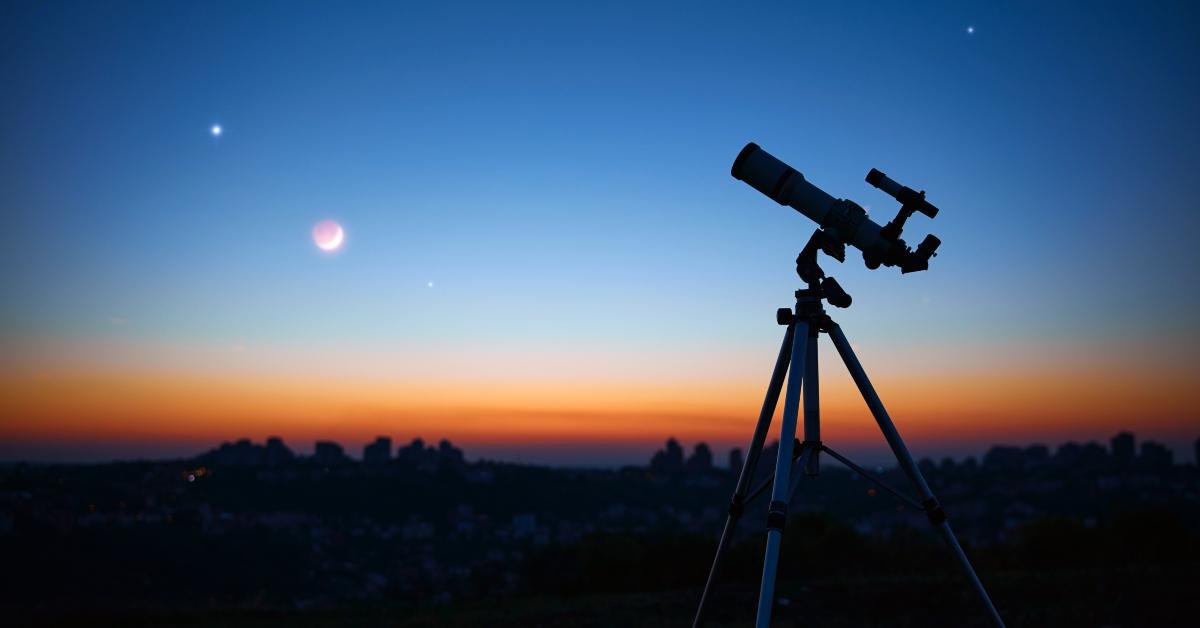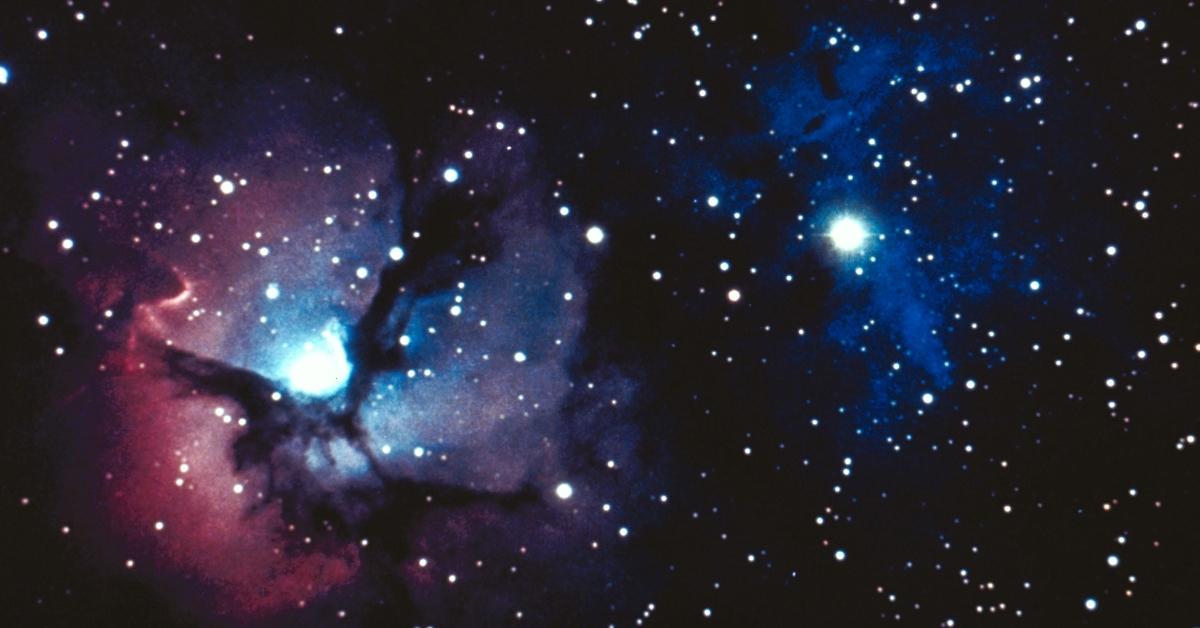Gargantuan Black Hole "Switches On," Surprising Astronomers By Its Brightness
Published July 7 2023, 1:12 p.m. ET

Astronomers were surprised when they found the most luminous transient object ever detected, which may have been created by a gargantuan black hole located about 10 billion light-years from Earth, reports the Royal Astronomical Society.
The transient object, J221951, was discovered in September 2019 by Dr. Samantha Oates, an astronomer at the University of Birmingham in the U.K. However, the research wasn't published until July 2023.
According to the Royal Astronomical Society, Oates and her team were searching for a kilonova when they stumbled upon J221951.

The transient object was not a kilonova.
A kilonova is a cosmic explosion that occurs during the merger of a neutron star with either another neutron star or a black hole. Typically, a kilonova appears blue and then gradually fades to red after several days, as per the Royal Astronomical Society.
But J221951 was different. It stayed bright and blue for months, much longer than a kilonova would, according to Live Science.
Oates and her team determined that J221951 was the result of a gargantuan black hole that was feeding on surrounding material very rapidly. Astronomers believe the black hole started feeding very quickly after being quiet for a while, causing “one of the most dramatic ‘switches on’ of a black hole ever seen.”
The findings of Oates’ team, along with researchers at University College London and Queen’s University Belfast, were presented at the 2023 National Astronomy Meeting in Cardiff, Wales, on July 4, 2023. Their research is also being published in the Monthly Notices of the Royal Astronomical Society.
There are two possible reasons the black hole “switched on.”
Astronomers believe two possible scenarios could have caused the black hole to have a sudden burst of brightness. The first explanation is that it was caused by a tide disruption event, which occurs when a star passes too close to a supermassive black hole and is pulled apart by its tidal force. This is referred to as “spaghettification,” reports Live Science.
A second explanation is that the black hole shifted from dormant to active and started feeding on the material around it, astronomers say.
“Our understanding of the different things that supermassive black holes can do has greatly expanded in recent years, with discoveries of stars being torn apart and accreting black holes with hugely variable luminosities, “ said Dr. Matt Nicholl, an astronomer at Queen’s University Belfast. “J221951 is one of the most extreme examples yet of a black hole taking us by surprise.”

Astronomers will continue to monitor the black hole.
Oates said astronomers would continue to monitor J221951 over the coming months or even years.
"In the future, we will be able to obtain important clues that help distinguish between the tidal disruption event and active galactic nuclei (AGN) scenarios,” Oates said in a statement in July 2023. “For instance, if J221951 is associated with an AGN turning on, we may expect it to stop fading and to increase again in brightness, while if J221951 is a tidal disruption event, we would expect it to continue to fade.”